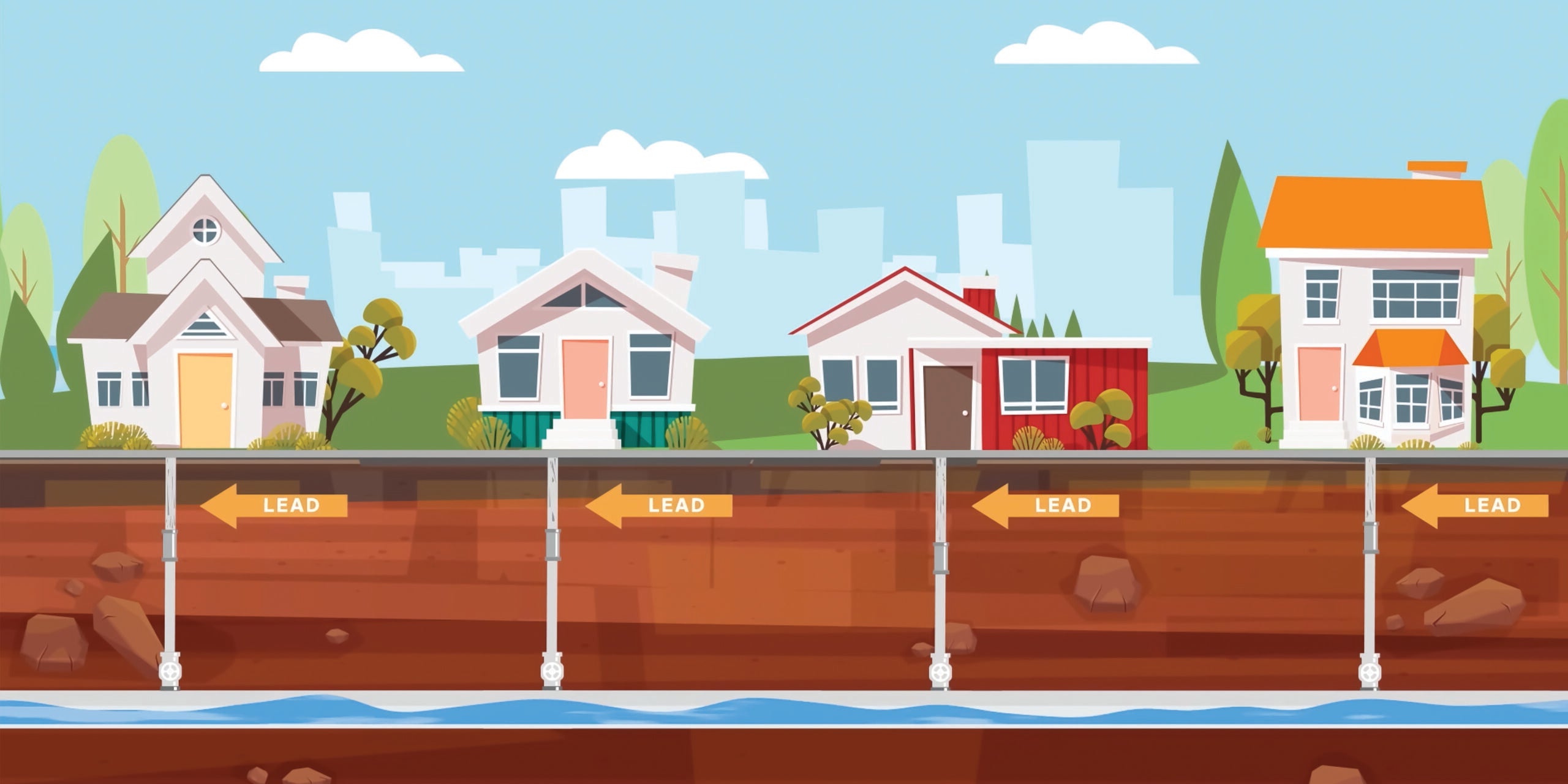What’s New
Earlier this week EDF submitted comments that urged EPA to finalize the strongest possible improvements to the Lead and Copper Rule (LCRI). An estimated 9.2 million lead service lines (LSLs) are still connected to homes and buildings throughout the country. EPA’s proposal is a critical step to protect Americans from the harmful of effects of lead in drinking water by requiring LSL replacement.
Why It Matters
The EPA’s proposal, if finalized, would protect public health and yield huge socioeconomic benefits. This rule presents a critical opportunity to fix this longstanding environmental injustice.
Our Take
We support EPA’s proposal to address this risk to public health. Specifically, we expressed strong support for several provisions, including:
- Establishing a 10-year deadline for water utilities to replace LSLs.
- Mandatory full lead service line replacement and strict limits on partial replacements.
- Updating the tap sampling protocol to collect a fifth liter sample, in addition to the first liter, providing greater insight into the levels of lead someone may be exposed to from an LSL.
We firmly believe that everyone deserves access to safe drinking water, and we support getting the lead out as quickly as possible. In our comments, we focused on ways EPA should strengthen certain provisions to the rule. Key highlights include:
- Remove the “access” loophole: The proposed rule only requires full LSL replacement when the water utility has “access” and therefore “control” of the service line. This provision presents the utility with a way out if they determine they do not have access to replace the LSL on private property. This fundamental provision has the potential to leave many lead pipes in the ground, undermining EPA’s goal to protect public health through this rule.
- Reevaluate the deferred deadline options: EPA has offered a deferred deadline beyond 10 years for water utilities that meet one of two criteria options. We believe that all utilities should be on the same 10-year timeline so that families are not needlessly exposed to lead in drinking water. However, if EPA determines they will offer a deferral, we strongly suggest they modify the criteria and framework for eligible utilities.
- Lower the lead action level: The current lead action level of 15 parts per billion (ppb) is not a health-based standard, rather it is based on what was achievable by water systems for compliance purposes when the rule was originally promulgated in 1991. Recognizing there is no safe level of lead in drinking water, EPA is proposing to lower the action level to 10 ppb, which would trigger water utilities to act sooner. We recommend that EPA pursue even stronger protections and lower the action level to 5 ppb.
- Limit partial replacements except during emergency repairs: We applaud EPA for acknowledging the harmful practice of partial LSL replacements and strictly limiting this in their proposal. However, EPA grants two exceptions for when a water utility could conduct a partial replacement. The first exception is when a partial replacement occurs as part of an emergency repair; we support this. We do not support the second exception, which would allow partial replacements when they occur in coordination with planned infrastructure work, such as the common practice of replacing water mains. This raises serious environmental justice concerns, wastes already limited funding, and perpetuates the health risk rather than preventing it.
What’s Next?
We strongly urge EPA to finalize the strongest rule possible, no later than October 16, 2024 – the effective date of the Lead and Copper Rule Revisions (LCRR). Adopting a final rule by this date will ensure we don’t wait any longer to eliminate the harms from America’s lead pipe legacy.
Swift action will also reduce compliance complexities for water utilities and states, build on the momentum set through the Bipartisan Infrastructure Law, the White House Lead Pipe and Paint Action Plan, and ensure this environmental injustice does not continue to impact communities around the country.
Go Deeper
Read EDF’s full comments here. Read the EPA’s proposed rule on the Federal Register.










